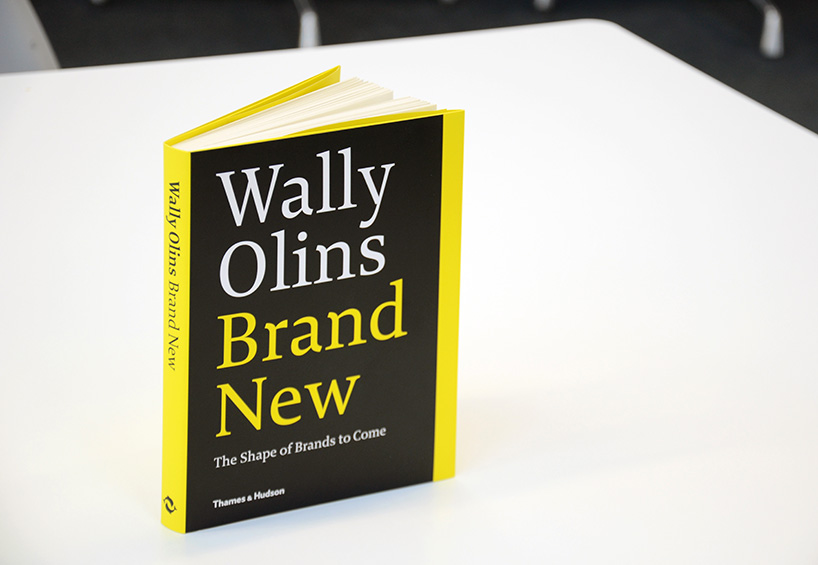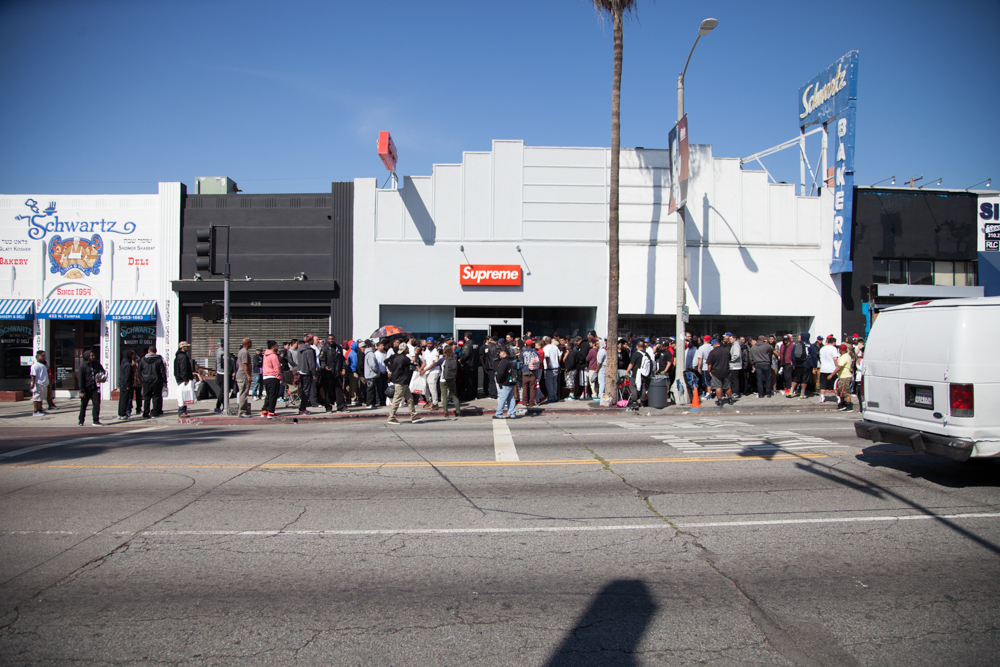Over the last year, I have found myself increasingly involved with brand-building, both through client work and on personal projects. For one project in 2015, I surveyed the brand landscape of technical fashion to help a small bag company help refine their messaging and positioning. Ongoing work with another client in the health and wellness domain involves removing visual cruft that has grown over time, aiding the return to a core identity. At the same time, some of my friends, creators who rely on their online presences to spread awareness of themselves, are going through a long-form development process for their own personal brands. Consequently, I’ve been having many conversations about how to create and maintain brand identity and awareness. I want to share some of my observations, but first, let’s clearly understand what a brand is.
20 years ago, the word “brand” might have only conjured thoughts of Big Brands: fast-moving consumer goods like Coke and Tide, and enormous conglomerates like GE and Chrysler. I suspect the skepticism and anti-mainstream sentiment of the postmodern late 80s and 90s fostered a cynicism and wariness of these brands, and even of the word “brand” itself. I sense in many of my friends who grew up in the 90s an inherent distrust of brands; when I bring up the word, some react with a negativity that seems to derive from an understanding of a brand as a false persona, the deceptive face a company deploys to sell more goods.
The frequency with which corporate misdeeds and hypocrisy appear in the news reveal that this hostility is not unfounded. But to talk clearly about the mere concept of brand, we need to dispel the negative image and understand brands for what they are. For a clear definition, I’ll turn to the late Wally Olins, one of the fathers of corporate branding:
Like almost everything we do with the world of branding, the terminology is in a state of flux. Until the 1980s or so a ‘brand’ was a fast-moving consumer product on a supermarket shelf. It essentially appealed to only one audience of the organisation, the customer.</br></br>Many years ago in The Corporate Personality (Design Council, 1978) I (Wally) wrote that ‘corporate personality’ is the soul, persona, the spirit of the organisation manifested in some comprehensible way. I then wrote: “The tangible manifestation of a corporate personality is its corporate identity”. This latter, then, was the corporate personality under cultivation.</br></br>The ‘corporate image’ is what all the audiences of the corporation perceive of the identity that has been created and projected.
If that’s too dense, here’s an even more concise definition from the same book: “A brand is simply an organisation, or a product, or a service with a personality.”
And finally, for the skeptic holdouts among us, one final explanation. In his last book, Brand New, Wally wrote that many individuals and organizations like universities and charities, which tend to maintain an altruistic attitude, have a distaste for the word “brand” but clearly understand “reputation”. Building and managing one’s reputation, he writes, is not really any different than branding.
 I highly recommend this book for anyone with an interest in brands, and for people who like getting stared at on the subway for carrying an extraordinarily yellow tome. Photo: Designboom
I highly recommend this book for anyone with an interest in brands, and for people who like getting stared at on the subway for carrying an extraordinarily yellow tome. Photo: Designboom
So whether you want to call it a brand, a personality, or a reputation, we’re talking about the same thing. I believe a resurgence of brand thinking is under way today. As it’s become easier than ever to start a company, all manner of small businesses and technology startups are working hard to differentiate themselves. I recently read an essay by a prominent venture capitalist, who predicted that following the acceptance of design and user experience as a fundamental business asset, branding would be the next essential skill for startups. Branding is no less important for individuals, whose thoughts and actions are on display via the internet for an entire world to see.
Now to the issue at hand: what makes a strong brand? What builds excitement around an entity, and what helps people connect with an organization? So far, I have observed two patterns that permeate the identities of many successful brands today.
Exclusivity
Attraction to rarity seems hardwired into the human brain. We regularly seek to posses and experience the special and unique, some of us more than others. This subset of people especially drawn to the exclusive might be said to overlap with the Early Adopter crowd.
“Exclusivity” immediately brings to mind the organic or artificial limitation of goods or services. Certainly, producing scarcity through manipulation of supply can inflate prices and contribute to a perception of value, but this is not the only interpretation of the concept. Exclusivity can also mean being the only entity providing a good or service. Leveraging that unique proposition as a core part of an identity excites people’s innate curiosity about the rare. An identity based on exclusivity can emerge naturally as well; this characteristic is what allows for the near-mythic reputation of the “unicorn designer”, a scant minority which enjoys a seemingly limitless number of blog posts.
Having some aspect of a company, entity, or person recognized as exclusive is a powerful thing, and can help create passionate, even when that exclusivity is technically no longer valid. Many of the older technology generation still identify strongly with Apple because they recognize and celebrate it for the “think different” attitude for which it was originally known. People are attracted to certain political figures because of their “outsider” identity. And a company like Supreme, which releases dozens of small collections (effectively flooding the market!) strictly limits the quantity of each piece and collection; its fanatical following lines up to purchase new the drops outside its stores without fail. Exclusivity is so powerful that it can be the main characteristic of a brand. But it can also play a secondary role, or even an implicit one, as in the case of Equinox gym, which doesn’t expressly market its exclusivity, but certainly projects an attitude of being the only fitness club of its kind.
 Supreme nerds outside its Fairfax store for the 2014 Supreme x Nike Foamposite sneaker release. Photo: The Hundreds
Supreme nerds outside its Fairfax store for the 2014 Supreme x Nike Foamposite sneaker release. Photo: The Hundreds
Trajectory
Storytelling is another thing we humans love. This has been widely recognized by our industry, and today one can attend whole trainings and conferences on business storytelling. Narratives are crucial for brands, but they go further than just explaining the company history. Building a narrative into the brand itself, showcasing what a company is doing in a way that emphasizes direction, is what I call trajectory. Broadcasting this narrative gives people an opportunity to feel that by associating themselves with the corporation, they are part of the story, or are applying the story to themselves. People tend to associate themselves with things have the appearance of advancement, especially if they think they themselves can achieve progress or betterment by doing so.
A great example of the trajectory effect is a non-profit. Many NPOs are among the worst-run and least-organized organizations. Yet despite this, even small ones manage to raise hundreds of thousands, even millions of dollars every year, because they have a compelling identity and narrative. From a donor’s perspective, each personal story the non-profit is able to show adds to the sense that the organization is on a strong, positive, and difference-making trajectory.
Businesses also can and do employ this strategy. Trajectory is a natural part of the identity of businesses that offer significant improvement over an old style of product or service. When you hear rhetoric about disruption, this is what it’s about. Though we may despise the business practices of Uber and the hubris of its executives, it’s hard not to remain fascinated because Uber so clearly presents a compelling vision of the future toward which the world is moving to adopt. This change-making stance is deeply ingrained into Uber’s DNA, from its presentation of the legal battles it has fought, to the mass hiring of Carnegie Mellon researchers, to its clean and modern visual design. These elements show that Uber is on a trajectory to the future.
What Else?
It would be cleaner to conclude with a third item, but I haven’t figured out what it is yet. Exclusivity and trajectory are underlying qualities of strong brands which can inform strategy, but they are not specific tactics. I’m going to keep watching for more such qualities, but in the meantime, here are some things that are not elements of identity.
Consistency
I felt this is too obvious to include. Consistency is not a strategy or a characteristic, it’s simply a requirement for creating a strong brand. Achieving consistency with language, message, and visual design across all interactions with consumers is perhaps the most crucial necessity for building brand awareness, but it has to leverage other fundamental aspects of identity.
Relatability
I’m not sure relatability can be called a strategy either, because it’s also a prerequisite — or not, depending on how you look at it. On the one hand, finding the people who resonate with your service and creating the brand to cater to them has obvious analogies to finding product-market fit, and can potentially do wonders for adoption by a particular consumer segment. I believe there’s a time and a place for this, but more and more I have come to think the particulars are not that important to consumers if a baseline level of quality user experience is met. Given a legitimately useful service or product, quality design, and good consistency, the logo and color palette will not prevent a potential customer from making a purchase. Consequently, I’ve recently begun to advocate for developing a brand based on the personality, aesthetic taste, and proclivities of the founders. As long as the quality of the copywriting and design is good and the message is appropriate, getting behind whatever presentation the executives support makes it much easier to maintain consistency over years.
So that leaves us with exclusivity and trajectory. I hope this list will grow as I uncover more of the essence of brand identity. Until then, I’d love to hear the ideas of others. Feel free to get in touch over email or Twitter with your own findings.
